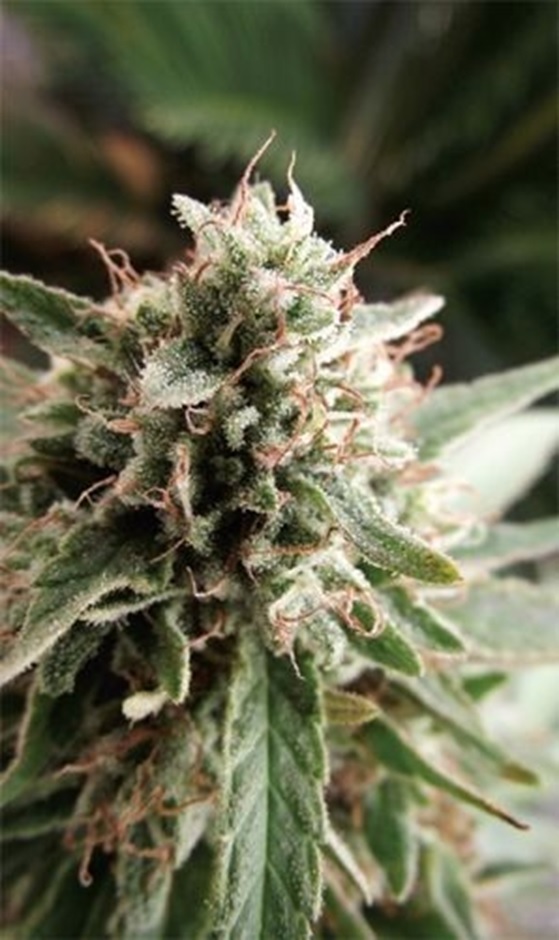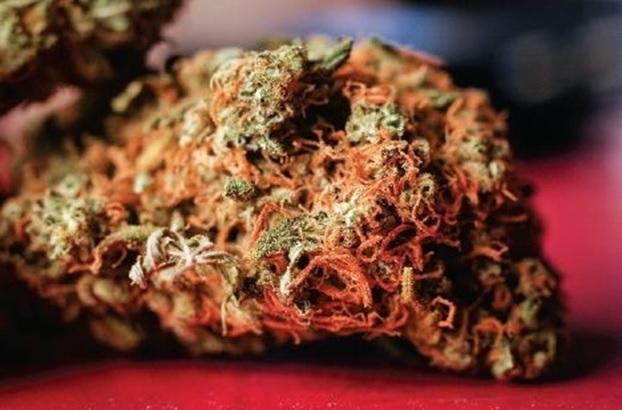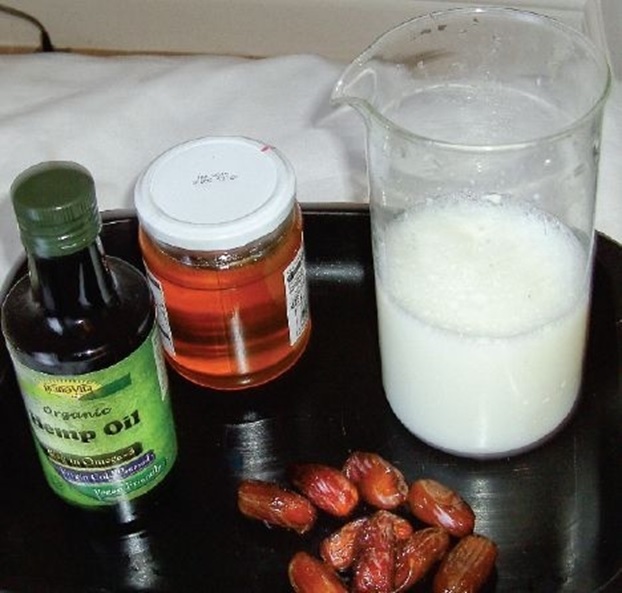Propagation and cultivation of cannabis

Reproduction in cannabis plants takes place when the male (staminate) pollen is united with the female (pistillate) cells. The stamen is simply the biological name given to the male plant’s reproductive parts and the pistil is the name given to the female counterparts. Medicinal cannabis is principally grown for its flowering tops (also referred to as buds) and it is only the female plant that produces these. The male flower’s sole purpose is to fertilize the female plants. Once the flowers open they disperse pollen, after which the plant dies back. As seeded buds are less desirable to medical and recreational consumers, knowledgeable cultivators identify any males in the crop and remove them, or cultivate crops of known females taken as cuttings from mother plants.
Tetrahydrocannabinol and cannabinol
Of the 400 or more chemical compounds found in cannabis plants, the four main ones are delta-9-tetrahydrocannabinol (delta-9-THC), cannabidiol (CBD), delta-8-tetrahydrocannabinol and cannabinol (CBN). Apart from cannabidiol, these compounds are all psychoactive, the most potent being delta-9-THC. Researchers from the University of Saskatchewan have discovered the chemical pathway that Cannabis sativa uses to create cannabinoids. Adjunct professor of biology Jon Page described the pathway as an unusual one that has never before been seen in plants, involving a specialized version of one enzyme called hexanoyl- CoA synthetase, and another enzyme called olivetolic acid cyclase (OAC).

The professor states: “What cannabis has done is take a rare fatty acid with a simple, six-carbon chain and use it as a building block to making something chemically complex and pharmacologically active.”
Breeding and genetics define whether a cannabis strain is fiber hemp or has high cannabinoid content. Hemp grown for its fiber and seeds contains little THC, typically between 0.01% and 0.05% content compared to well over 15% in herbal cannabis grown for recreational or therapeutic use. Fiber hemp strains contain only trace amounts of psychoactive compounds and none are contained within the seeds, so in most parts of the world, hemp seeds and their oil are legally available from most good grocery stores and health food outlets.
Cannabis is a natural superfood.
Hemp seed is one of nature’s superfoods; high in protein and vitamins, it also provides a broad spectrum of health benefits including improved digestion, increased and sustained energy levels, rapid recovery from sickness or injury, lowered cholesterol levels, and reduced blood pressure, with an associated improvement in blood circulation and natural blood sugar control. Regular hemp seed has also been shown to boost the immune system and help to prevent illness.
Cannabis hemp seed oil contains gamma-linolenic acid (GLA), an omega-6 fatty acid that is found mainly in plant-based oils. Omega-6 fatty acid is also known as polyunsaturated fatty acid (PUFA), one of the essential fatty acids. These acids are necessary for optimum health, but the body doesn’t naturally produce them. Along with omega-3 fatty acids, omega-6 fatty acids play a crucial role in brain function and growth, and development. They help stimulate skin and hair growth, maintain bone strength, and regulate metabolism, and they play an important role in maintaining the reproductive system.

Fiber hemp is grown outdoors in dense rows to encourage tall, upward growth that produces very little foliage. Mature plants form a dense canopy that blocks light and helps choke weed growth, leaving the growing field in good condition the following season and substantially reducing the farm workload. Hemp is one of the fastest-growing biomass crops available; air-dried stem yields in Canada have ranged from 2.6-14.0 tons of dry, retted stalks per hectare at 12% moisture (according to records dating back to 1998).
A variety of cannabis products
Hemp produces some of the most robust and most versatile fibers known to man, which can be used to make products ranging from cloth to plastics. Its seeds are both a nutritious food and an excellent source of oil. The fiber from the stalk is still used in the modern production of fabrics such as canvas and linen, and also in the manufacture of specialty hemp papers, such as banknotes and high-quality printing paper.